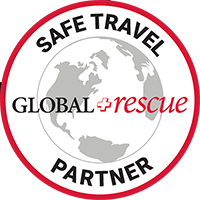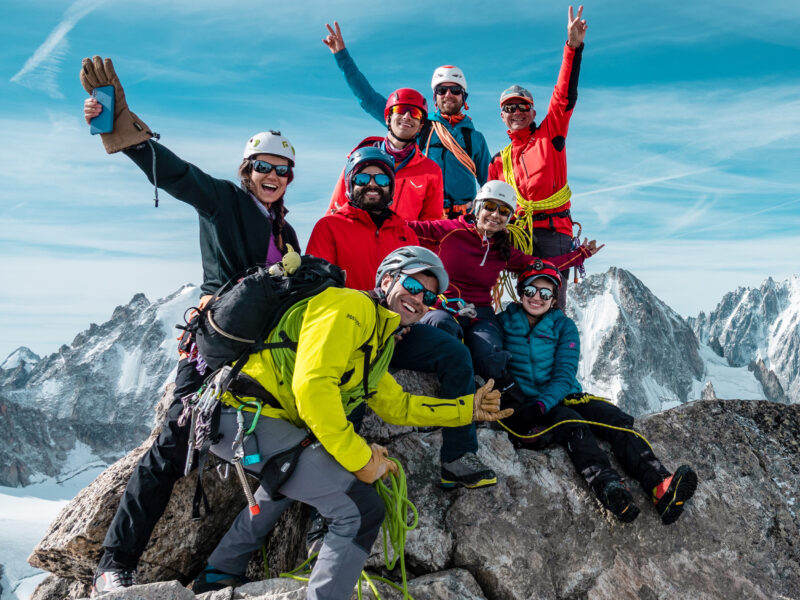BY Rami Rasamny | January 28 2025
How Hard is the Mont Blanc?
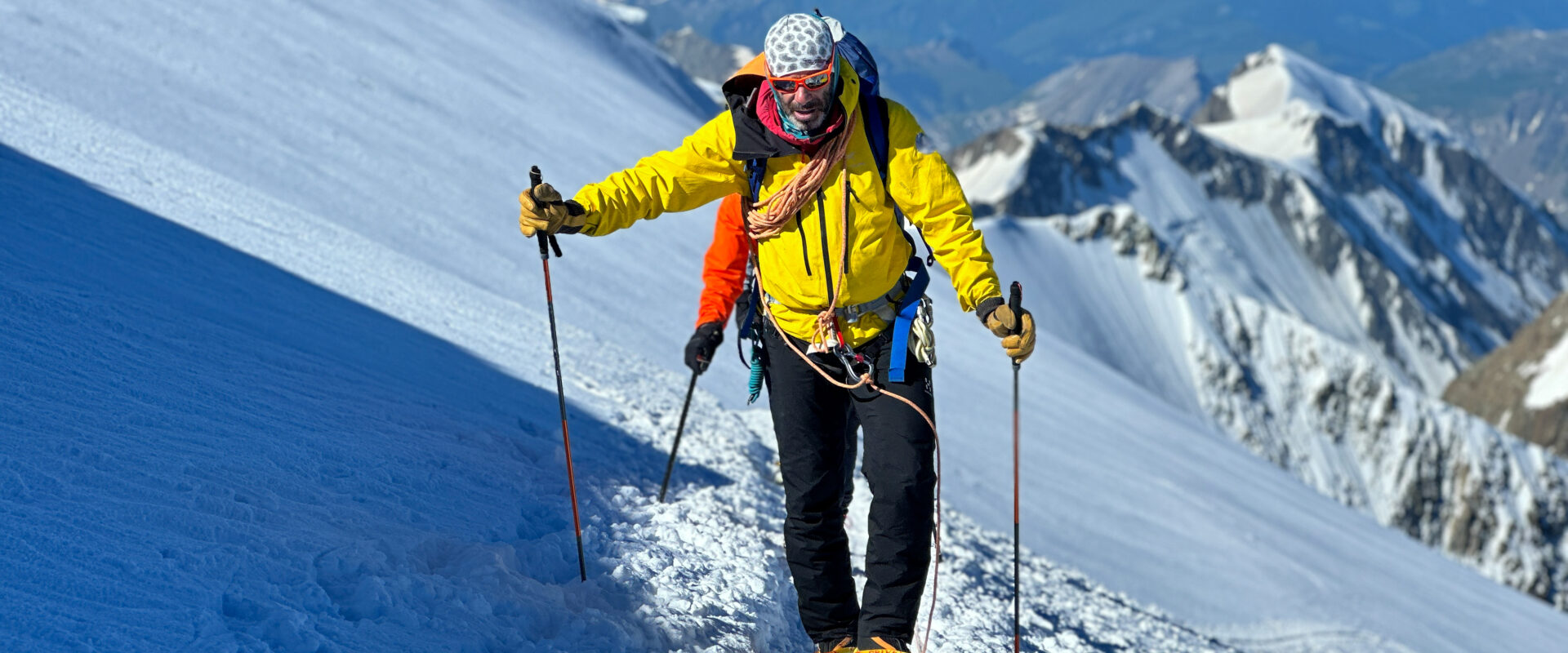
Mont Blanc, the highest peak in Western Europe, is a dream summit for many adventurers. Its towering 4,807-meter summit draws climbers from around the globe, eager to experience its breathtaking views and the sense of accomplishment that comes with standing atop this alpine giant. But how hard is it to climb Mont Blanc? Let’s break it down into two parts: the physical and the technical.
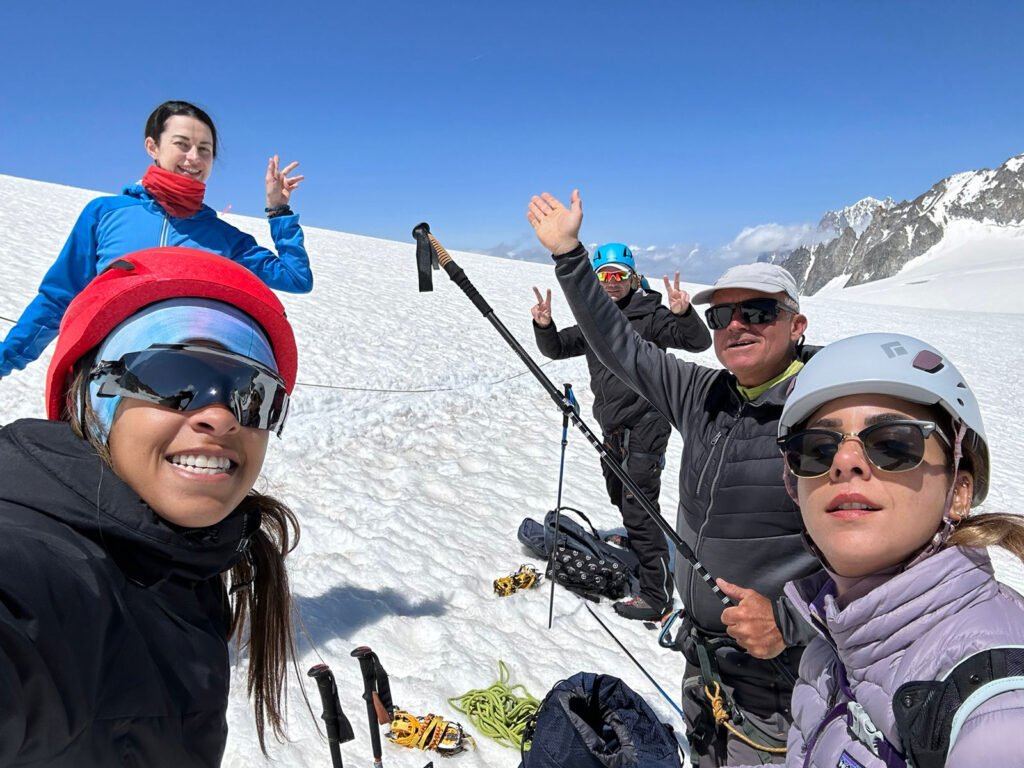
The Physical Challenge
Climbing Mont Blanc is a test of endurance and cardiovascular fitness. The most commonly used Gouter Normal Route involves ascending from Nid d’Aigle to the summit and back, covering 2,438 vertical meters and approximately 20 horizontal kilometres. This journey is typically split over two nights in mountain huts—a strategy that provides some rest but does not diminish the need for consistent pacing and control. Moving with purpose and efficiency is crucial, especially since the descent is where most accidents occur due to extreme fatigue.
To prepare physically, climbers should prioritize improving their cardio and endurance. As a conceptual guide, your cardio fitness level should be equivalent to being able to:
- Run 10 kilometers in under an hour.
- Swim 3 kilometers in close to one hour.
- Achieve similar endurance in other cardio sports such as cycling or rowing.
This flexibility means that the type of sport is less important than the overall fitness level. The key is to build the stamina and strength needed for sustained effort at altitude.
Equally important is mental resilience. The weather in the Alps can be unpredictable, and adverse conditions often lead to delays or forced stops in mountain huts. Waiting for a weather window can be taxing, requiring patience and a steadfast mindset to maintain focus when conditions finally align.
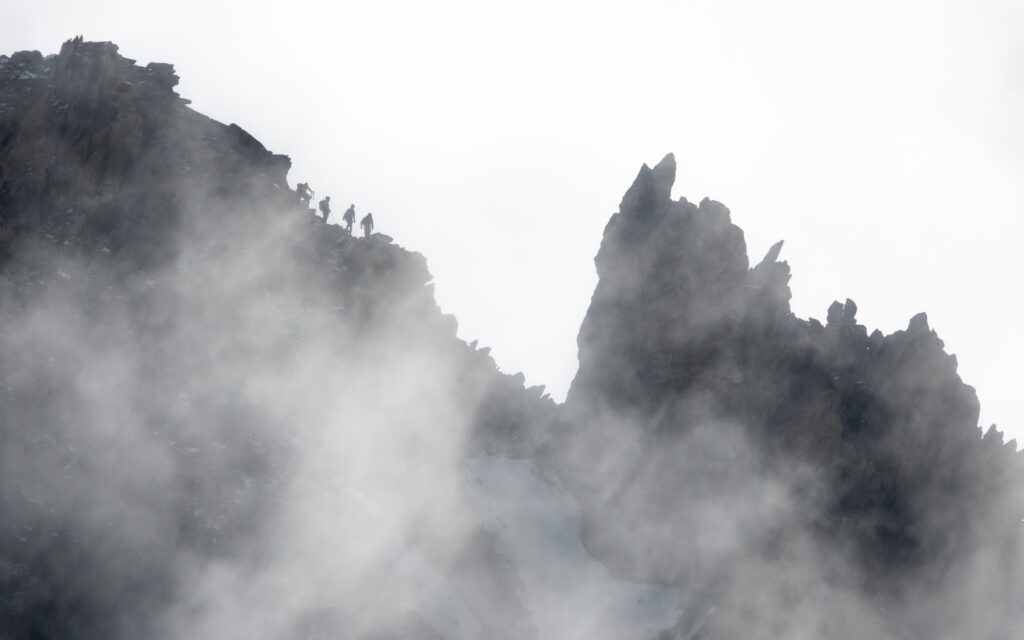
The Technical Challenge
While Mont Blanc is not considered a highly technical climb compared to other alpine routes, it still demands foundational mountaineering skills. At a minimum, climbers should:
- Walk proficiently with crampons on steep and narrow snow slopes.
- Move confidently over ice-covered rocks while wearing crampons.
- Use a single mountaineering ice axe effectively for stability and safety.
- Operate as part of a rope party, typically consisting of up to three climbers including a guide.
- Listen to and execute instructions quickly and precisely.
The terrain varies significantly, from snowy ridges to rocky sections, requiring adaptability and confidence with basic alpine techniques. These skills, combined with physical fitness, ensure that climbers can navigate the challenges of the mountain safely.
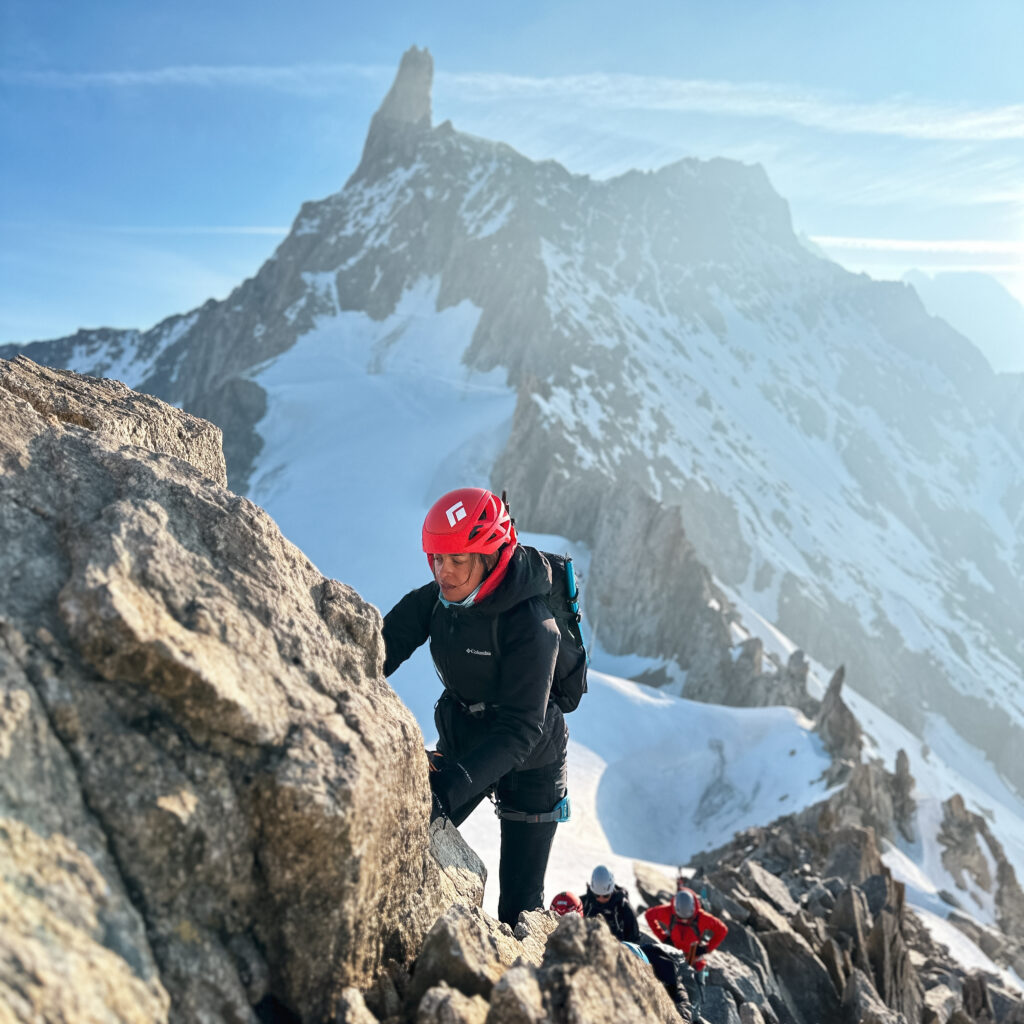
Building the Foundations with Life Happens Outdoors
At Life Happens Outdoors, we understand the unique challenges of Mont Blanc and offer a comprehensive Mont Blanc Summit Course designed to prepare climbers physically, technically, and mentally. Our course focuses on:
- Physical Conditioning: Training plans and guided preparation to ensure climbers meet or exceed the fitness benchmarks necessary for success.
- Technical Training: Instruction in crampon techniques, ice axe use, and rope skills in real alpine environments to build confidence and competence.
- Mental Preparation: Practical strategies for managing stress and staying focused in unpredictable weather conditions and high-altitude environments.
By the time you embark on your summit attempt with us, you’ll not only have the skills and fitness to climb Mont Blanc but also the mindset to embrace its challenges with determination and control.
Mont Blanc isn’t just about reaching the summit; it’s about learning what you’re capable of when you take on the outdoors. With the right preparation, it’s a challenge that can transform the way you see yourself and the world. This advice applies specifically to the Gouter Route, the 3 Summits Route, and the Italian Normal Route. More technical routes, such as the Freney Pillar, Peutrey Ridge, or the Royal Traverse, require a significantly higher level of alpine experience and are suited for seasoned climbers.
About The Author
Rami Rasamny is the founder of Life Happens Outdoors, a premium adventure travel community dedicated to transforming lives through curated outdoor experiences. A mountaineer and entrepreneur, Rami has led teams on some of the world’s most challenging peaks, from the Alps to the Himalayas. His mission is to make adventure accessible, transformative, and safe for all who seek to push their limits and Come Back Different.
About Life Happens Outdoors
At Life Happens Outdoors, we believe in the power of nature to transform lives. As proud members of the Adventure Travel Trade Association (ATTA) and the World Travel & Tourism Council (WTTC), our team of certified guides and outdoor professionals is committed to the highest standards of safety, sustainability, and excellence.
Discover more about our story and mission on our Meet LHO page, or explore our curated adventures such as the Tour du Mont Blanc Trek, the Climb of Kilimanjaro, and Chasing the Northern Lights.











